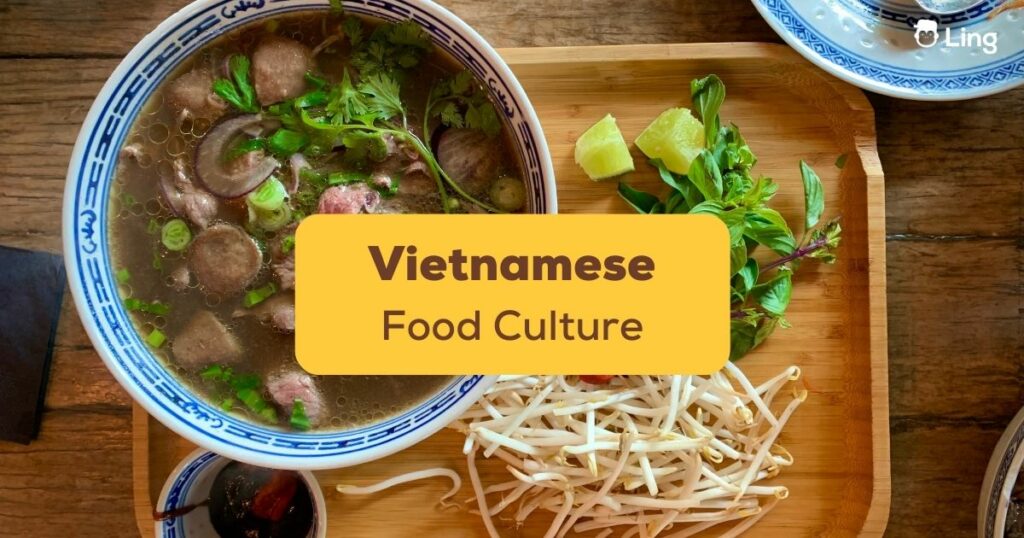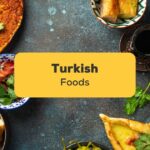The food culture of Vietnamese people is one of the most recognizable cuisines in the world. Vietnamese food has found its way into practically every corner of the earth, and why wouldn’t it? Vietnamese cuisine is a vibrant and diverse mix of flavors, textures, and colors – all influenced by the shared history of the Vietnamese people.
Vietnamese cooking relies on the country’s geography, history, and cultural traditions. Its dishes emphasize the freshest ingredients and minimal use of cooking oil, blending it all with delicate yet complex flavors. If you’ve never tried Vietnamese cuisine, consider this your way in!
We’ll be talking all about Vietnamese food culture today! Let’s find out what goes on in the Vietnamese diet. Why do they have such light and balanced flavors? Why do they have primarily non-spicy food? And what is a Vietnamese sour soup? Find out all about it here!
The Food Culture Of Vietnamese People – What You Need To Know
Vietnamese Food Insists On Fresh Ingredients

Fresh herbs, fresh vegetables, minced meat, fresh fruits, fresh seafood – when it comes to Vietnamese food, it’s all about how fresh your ingredients can be. The Vietnamese palate is one that tastes “sạch sẽ, tươi và khỏe mạnh” (clean, fresh, and healthy.)
These fresh ingredients are often used in raw or lightly cooked dishes, such as salads, spring rolls, and noodle bowls, giving them a mild yet complex flavor. It also balances the heaviness of some dishes, such as pho (a noodle soup with ground pork) or bun cha (grilled pork and noodles.)
Vietnamese cuisine never lacks fresh stuff, as its cuisine reflects the country’s abundant natural resources and long agricultural heritage. Moreover, Vietnam has a tropical climate, and produce such as fruits, vegetables, and seafood thrive in these conditions.
Besides adding a zesty twist or a dash of color to Vietnamese dishes, fresh ingredients add aromas and textures to the food, providing a balanced, well-presented, and absolutely stunning meal.
Vietnamese Cuisine Would Be Nowhere Without Rice
While Vietnamese food culture varies between North, Central, and Southern Vietnam, rice unites the country. The unassuming grain has been grown in Vietnam for thousands of years and is considered the country’s staple food. Rice provides energy, nutrition, and income for many Vietnamese. This is why their culture is recognized as a wet rice civilization.
But steamed rice is not just rice in Vietnamese culture. It also symbolizes spirituality, representing fertility, and prosperity. Many legends, festivals, and customs about rice are still followed by Vietnamese to this day.
Rice is so versatile that the Vietnamese cook it in many ways. There’s classic cơm, which means “steamed rice”; pho, a noodle dish made with rice flour; and bánh xèo, a pancake made with rice flour.
But the rice madness doesn’t stop there. Vietnamese civilization has grown to prefer certain rice types, depending on the region. For example, a Vietnamese meal in the north would have long-grain white rice, which is less sticky and more fragrant than cooked rice. People in Central Vietnam prefer medium-grain white rice, while the Southern Vietnamese, who live in Ho Chi Minh City, prefer short-grain white rice or brown rice.
Love Noodles? You’ll Love Vietnamese Food
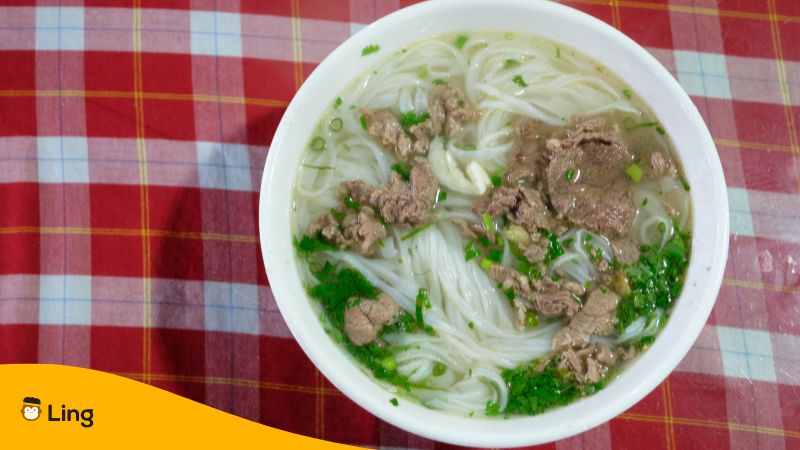
Vietnamese food loves its noodles. Its rich noodle culture is as rich as the broth they come in. In Vietnam food culture, noodles can be made from different types of flour: rice, tapioca, canna, and wheat flour are all fair game. While the origin of noodles in Vietnam is up to contention, many believe it was influenced by Chinese cuisine.
There are several types of noodles used in Vietnamese food, and these are but a few:
- Bún (rice vermicelli)
- Phở (flat rice noodles)
- Mì (wheat or egg noodles)
- Bánh canh (thick rice-tapioca noodles)
The variety of noodles also means a variety of ways to eat them. In Vietnam’s food culture, you’ll find noodles in soups, salads, spring rolls, stir-fried dishes, and even wraps! In addition, they can be paired with different meats, condiments, vegetables, seafood, or spices.
Fresh Herbs And Spices Make A Difference
Vietnamese food culture uses plenty of herbs and spices to give notable dishes in their food culture that unique Vietnamese flavor. More than just flavoring soup with a bowl of fish sauce, the Vietnamese utilize tons of herbs and spices in all their dishes.
The most common herbs you’ll find are lemongrass, basil, spring onion, and cilantro, with spices such as chili peppers, ginger, garlic, and pepper making their way to many different dishes. They can be used fresh or dried, whole or chopped, cooked or raw, depending on the dish.
Herbs and spices are often served as accompaniments to main dishes such as soups, noodles, rice porridge, meat dishes, or seafood. They can be eaten directly with the food, dipped in sauces, or as garnish and decoration.
On the other hand, some of the most popular sauces are shrimp sauce, fish sauce, vinegar, and soy sauce, both working as dips for many notable dishes here.
Street Food Plays A Major Role
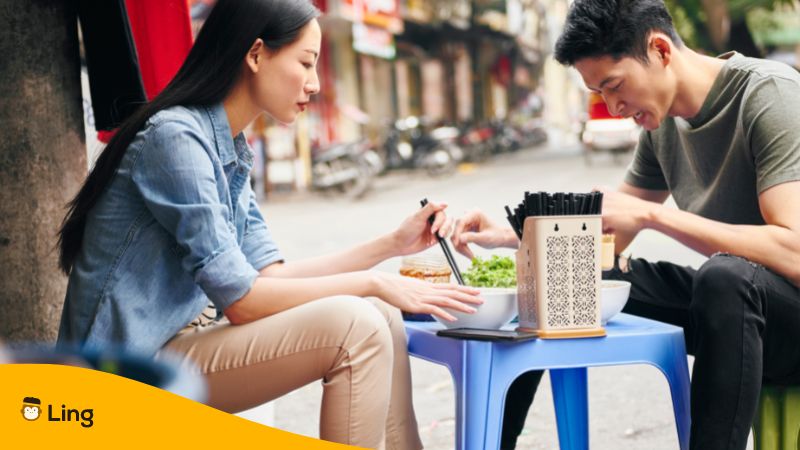
Like many countries in Southeast Asia, Vietnam has a bustling street food scene, with scores of vendors on street corners selling every conceivable flavor of a Vietnamese dish. But what seems like a multi-million dollar industry today came from humble origins.
Street food culture in Vietnam originated in the early 1900s, from small farming villages north of the country. Vendors would hawk sour soups from barrels balanced on their shoulders. The practice later spread to urban areas, with their own influences and specialties.
These days, you may find people sitting together outdoors, eating and drinking fresh, cheap, and delicious dishes reflecting the tastes and preferences of the region. Street food culture is everywhere – from sidewalks to alleys and fish markets to full-on food districts.
However, don’t expect a sit-down meal if you eat street food in Vietnam. Instead, many foods will likely be categorized as finger foods, such as spring rolls, noodle soups, simple rice dishes, and drinks.
Regional Diversity Influences Most Dishes

Vietnam food culture varies from region to region, with each area having its unique take on Vietnamese food. Northern Vietnam, Central Vietnam, and Southern Vietnam have different interpretations of what their food should taste like!
For example, Northern Vietnamese food culture utilizes plenty of seafood and freshwater fish in their recipes. On the other hand, central Vietnam is more adventurous with its spice, boasting some of the spiciest flavors in the country.
Furthermore, Southern Vietnamese cuisine has some of the most potent flavors in the country – no fish sauce here – as it is heavily influenced by Chinese and Cambodian cuisine.
Learn More Vietnamese Words With Ling App
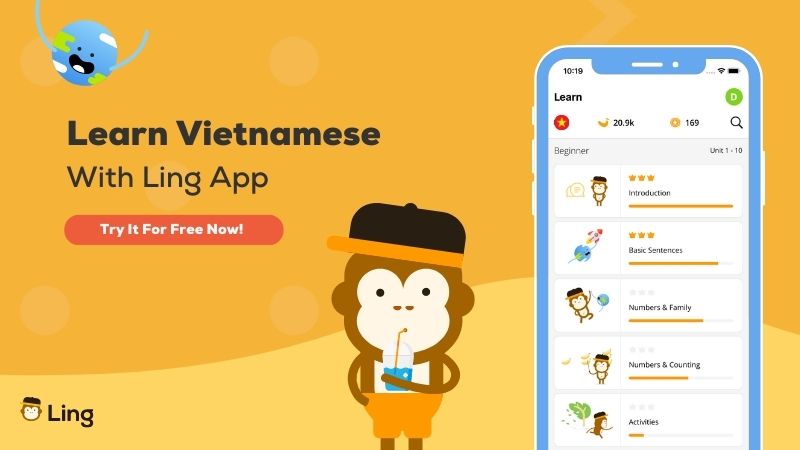
Knowing the food culture is one thing, but wouldn’t it be great if you could also speak the Vietnamese language? While it may seem complicated at first, there’s one thing you could do to simplify learning…
… And that’s where the Ling app comes in! This is the only platform you’ll need to learn Vietnamese or any of the 60+ languages currently offered. Each lesson is tailored to make learning fun, engaging, and memorable for people of all skill levels.
Learn the Vietnamese language easily today by downloading the Ling app for your iPhone or Android smartphone.
